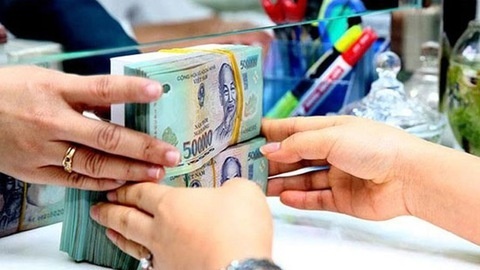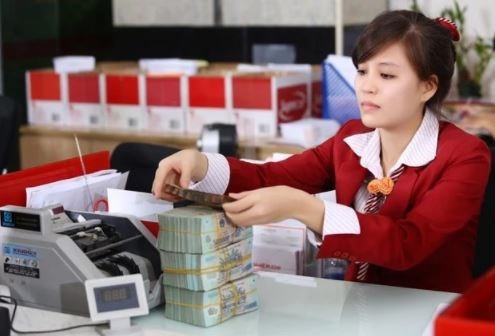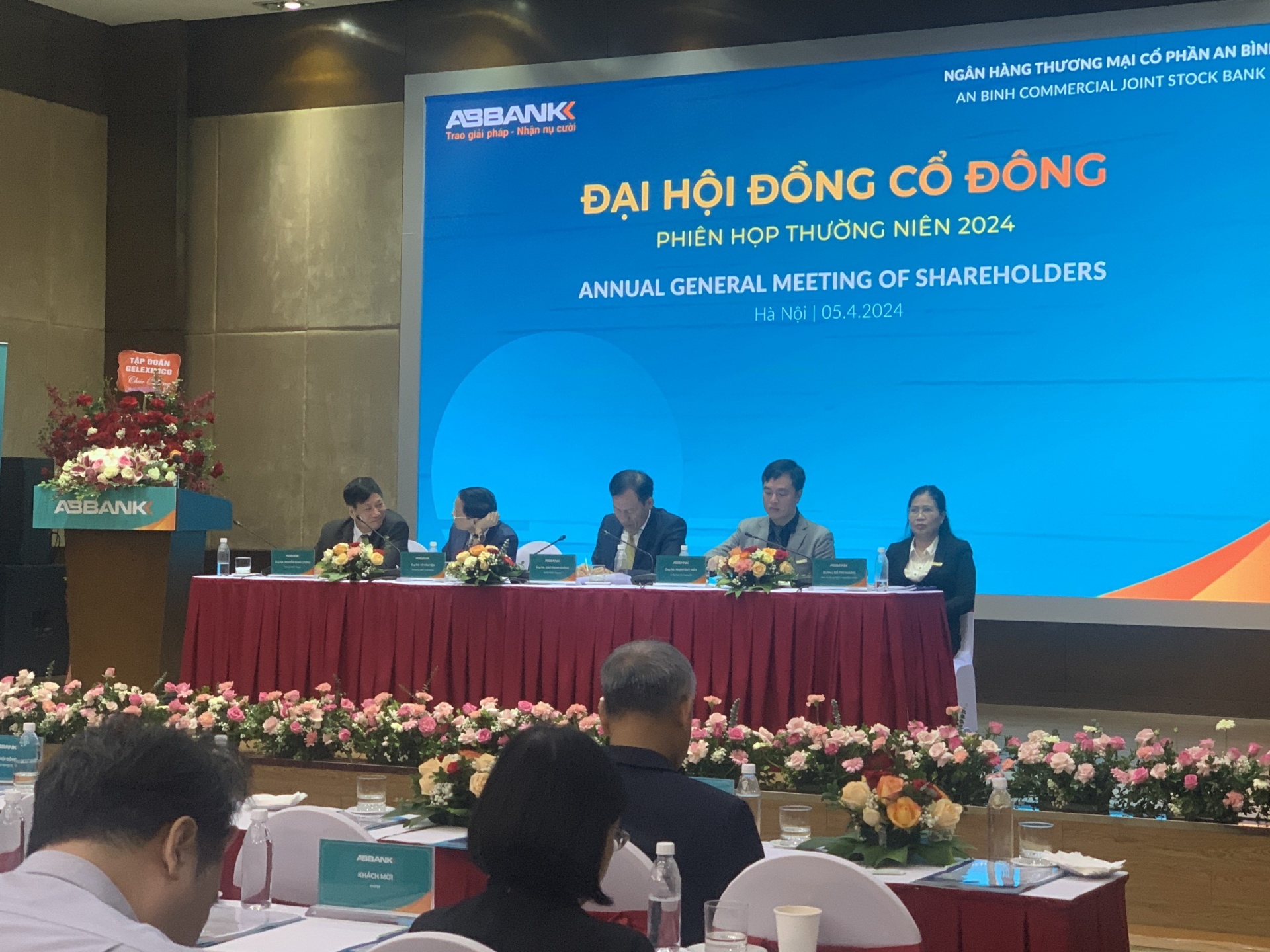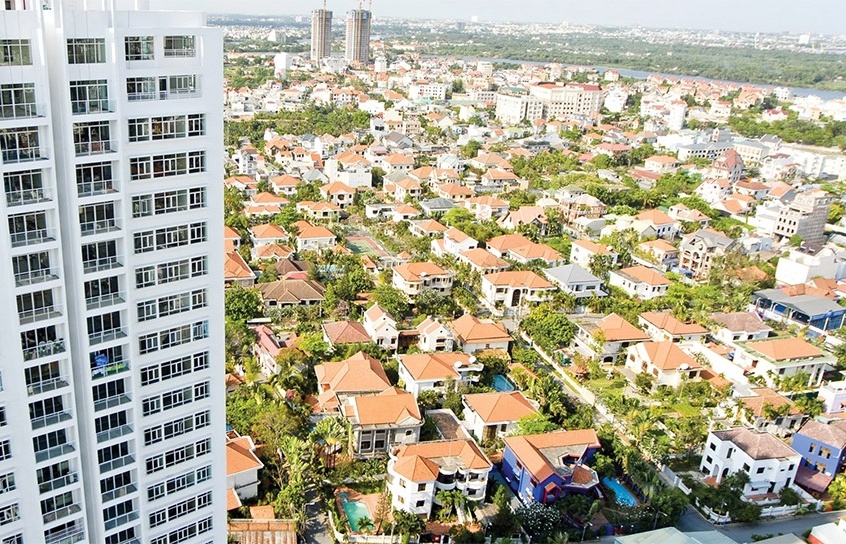Bold SOS credit growth move to right listing ship
 |
| Banks have a key role to play to bring the economy back to its feet |
The consumer price index (CPI) rose 3.32 per cent in April, driving year-on-year inflation to 17.5 per cent, the highest level since December, 2009.
In February, the State Bank responded to this upward inflationary pressure by adjusting the banking system’s credit growth target to lower than 20 per cent for this year.
Then in mid-April, the State Bank issued the Document No.2956/NHNN-CSTT, asking local credit institutions and foreign bank branches to keep credit growth rate at below 20 per cent in 2011. This means there is no differentiation between banks regardless of their size.
“We haven’t seen such a low credit growth target in the past few years, this demonstrates the authority’s determination to control inflation this year,” said Duong Thu Huong, general secretary of Vietnam Banking Association.
“Designing a specific credit growth target for each of the over 40 banks nationwide is a too difficult task for the authority, thus, a uniform cap of 20 per cent has been applied,” said a BIDV official.
For a large-scale bank like Vietcombank, 20 per cent credit growth represents a VND35 trillion ($1.7 billion) increase in total outstanding loans against the end of 2010.
Meanwhile, for a small bank such as Ficombank, the increase allowed was a mere VND549 billion ($26.5 million), far lower than its raised charter capital of VND1 trillion ($48.3 million) in 2011.
The authority also reiterated that local credit institutions needed to cut credit extension to the non-productive sector to 22 per cent of total outstanding loans by June 30 and 16 per cent by the end of 2011.
This non-productive credit includes loans to discount valuable papers for securities investment, real estate investment and personal loans.
The authority stipulated that any violation would see credit institutions paying twice the reserve requirement against the common reserve requirement ratio.
On the interest rate front, the mobilising rate remains high with the State Bank having set the mobilisation cap at 14 per cent, per year.
Nguyen Hoa Binh, head of Vietcombank’s board of directors, said that with fierce competition raging in the sector, some banks were still offering deposit rates higher than 14 per cent, per year.
“This hurts lenders like Vietcombank which are not breaking the rules,” said Binh, adding that the State Bank should reconsider the 14 per cent, per year cap on deposit rates as inflation continued to rise.
What the stars mean:
★ Poor ★ ★ Promising ★★★ Good ★★★★ Very good ★★★★★ Exceptional
Related Contents
Latest News
More News
- Eight bidders win May 14 gold auction (May 14, 2024 | 16:54)
- Light touch called for on gold trade (May 14, 2024 | 11:37)
- Public debt plan laid out towards 2026 (May 14, 2024 | 10:56)
- US Fed vice chair says interest rates should remain on pause (May 14, 2024 | 09:11)
- Anticipation prolonged after KRX system delayed (May 14, 2024 | 09:00)
- Fiscal deficit to require further economic assistance (May 14, 2024 | 09:00)
- Government urged to narrow domestic, global gold price gap (May 13, 2024 | 17:47)
- TTC AgriS secures an additional $80 million (May 13, 2024 | 16:37)
- Lenders increase provisioning to protect against bad debt (May 13, 2024 | 16:30)
- HDBank’s faith in ESG pays off for partners and customers (May 13, 2024 | 08:00)



 Tag:
Tag:



















 Mobile Version
Mobile Version